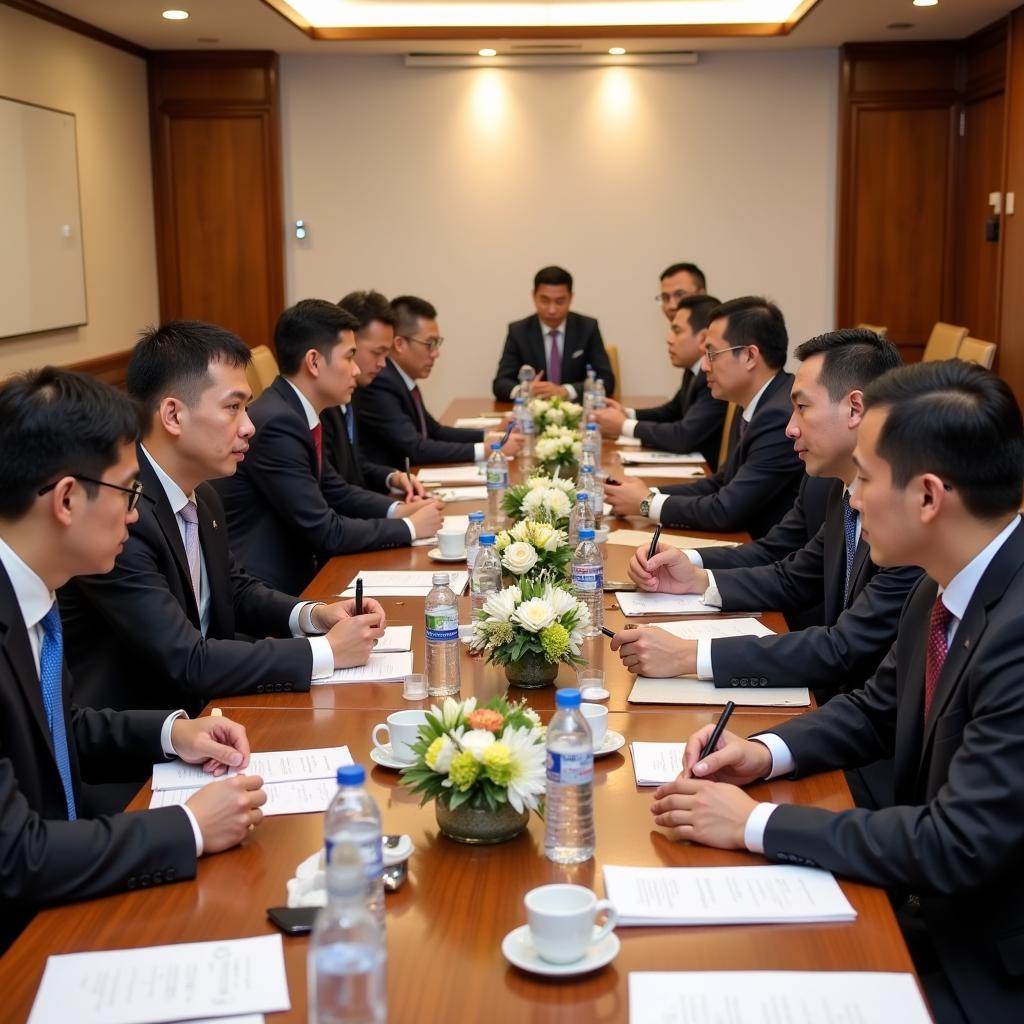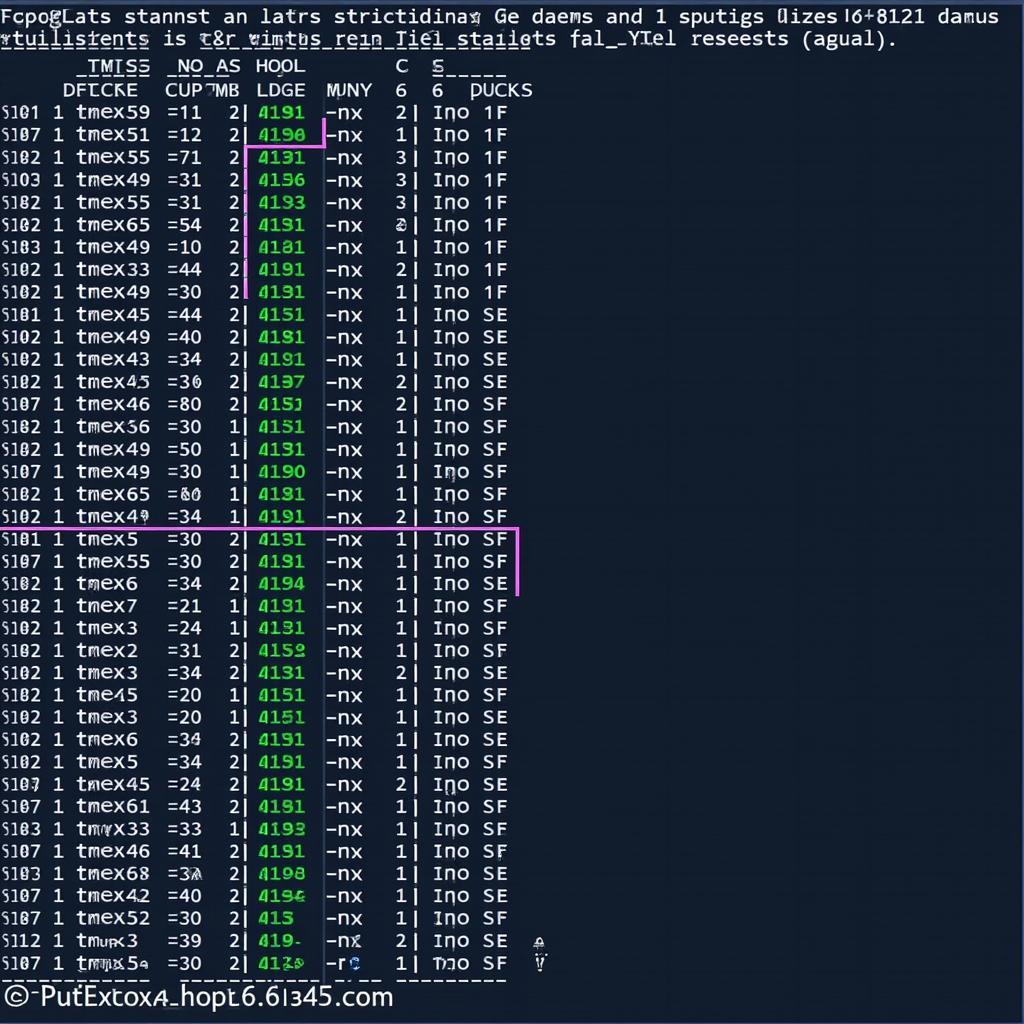Asean Cdst, or the ASEAN Committee on Science, Technology, and Innovation (COSTI), plays a crucial role in fostering regional integration and driving sustainable development within Southeast Asia. Established in 1970, this intergovernmental committee is responsible for coordinating and promoting collaboration in science, technology, and innovation (STI) among the 10 ASEAN Member States.
 ASEAN COSTI Meeting
ASEAN COSTI Meeting
The Importance of STI in ASEAN
Science, technology, and innovation are recognized as key drivers of economic growth, social progress, and environmental sustainability. In a rapidly evolving global landscape, ASEAN countries acknowledge the need to harness STI to enhance their competitiveness, address common challenges, and achieve their development aspirations.
Key Roles and Functions of ASEAN CDST
ASEAN CDST serves as the primary platform for ASEAN Member States to cooperate and collaborate on STI matters. Its key roles and functions include:
- Policy Formulation and Harmonization: Developing and harmonizing regional STI policies and frameworks to create a conducive ecosystem for innovation and technological advancement.
- Research and Development Collaboration: Fostering joint research projects, knowledge sharing, and technology transfer among ASEAN research institutions, universities, and industry partners.
- Human Resource Development: Strengthening STI capacity building through education and training programs, scholarships, and exchange programs for scientists, researchers, and engineers.
- Technology Transfer and Commercialization: Facilitating the transfer and adoption of technologies within ASEAN to enhance productivity, competitiveness, and innovation across various sectors.
- International Cooperation: Engaging with dialogue partners and international organizations to access global expertise, funding opportunities, and best practices in STI.
 ASEAN COSTI Innovation Lab
ASEAN COSTI Innovation Lab
Priority Areas of ASEAN CDST
ASEAN CDST focuses on several priority areas aligned with the region’s development goals. These areas include:
- Digital Economy: Promoting digital literacy, developing digital infrastructure, and supporting the growth of digital businesses and startups.
- Food Security: Enhancing agricultural productivity, ensuring sustainable food production, and addressing challenges related to climate change and food safety.
- Health and Biotechnology: Advancing healthcare technologies, promoting research in infectious diseases, and improving access to quality healthcare services.
- Energy Security: Developing renewable energy sources, promoting energy efficiency, and addressing climate change mitigation and adaptation.
- Water Management: Improving water resource management, addressing water scarcity and pollution, and ensuring access to clean water.
Impact of ASEAN CDST
The efforts of ASEAN CDST have yielded significant impacts on the region’s STI landscape:
- Enhanced Regional Cooperation: Fostering closer collaboration among ASEAN Member States in research, innovation, and technology development.
- Increased STI Capacity: Strengthening the capabilities of ASEAN researchers, scientists, and institutions through capacity building programs and knowledge sharing.
- Technology Transfer and Adoption: Facilitating the transfer and adoption of technologies to enhance competitiveness and productivity in various sectors.
- Improved Policy Environment: Developing and harmonizing STI policies and frameworks to create a more conducive environment for innovation.
- International Partnerships: Expanding collaboration with dialogue partners and international organizations to access global expertise and resources.
Conclusion
ASEAN CDST plays a vital role in advancing the STI agenda of the region, contributing to economic growth, social progress, and environmental sustainability. By fostering regional cooperation, promoting innovation, and enhancing STI capacity, ASEAN CDST empowers the region to thrive in an increasingly interconnected and knowledge-based world.
FAQs
1. How can I get involved in ASEAN CDST activities?
Individuals and organizations can explore collaboration opportunities by contacting the ASEAN Secretariat or their respective national focal points for STI.
2. What are some of the key achievements of ASEAN CDST?
ASEAN CDST has achieved significant milestones in establishing regional STI frameworks, facilitating joint research projects, and promoting technology transfer among ASEAN Member States.
3. Does ASEAN CDST offer funding opportunities for STI projects?
ASEAN CDST collaborates with dialogue partners and international organizations to explore funding opportunities for regional STI initiatives.
4. How does ASEAN CDST address the digital divide within the region?
ASEAN CDST prioritizes digital literacy programs, infrastructure development, and support for digital businesses to bridge the digital divide.
5. What is the role of ASEAN CDST in combating climate change?
ASEAN CDST promotes research and development in renewable energy, energy efficiency, and climate change mitigation and adaptation strategies.
 ASEAN COSTI Sustainable Future
ASEAN COSTI Sustainable Future
For further information and assistance, please contact:
Phone Number: 0369020373
Email: [email protected]
Address: Thon Ngoc Lien, Hiep Hoa, Bac Giang, Vietnam.
Our dedicated customer support team is available 24/7 to assist you.

